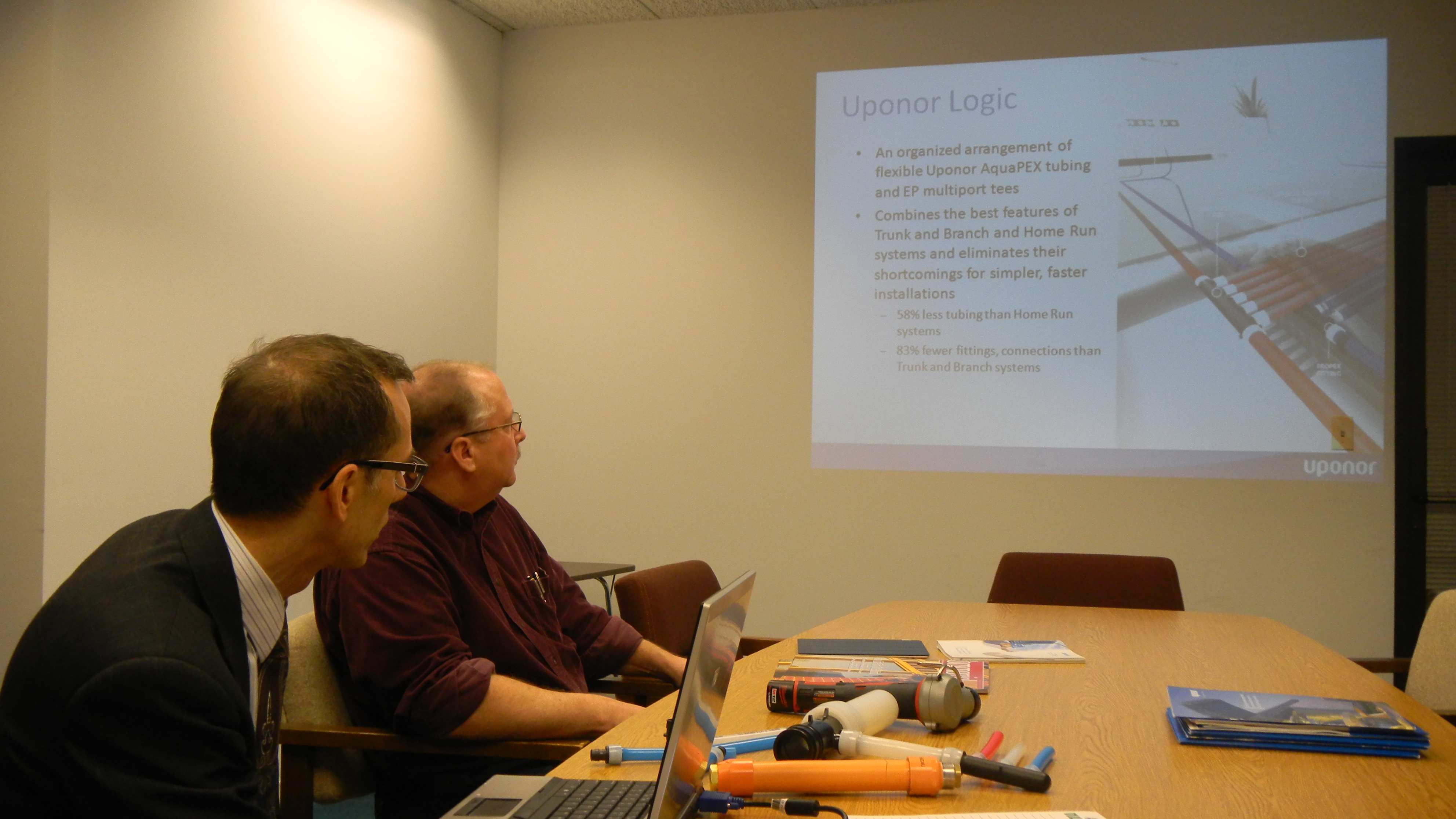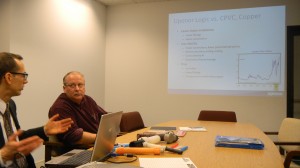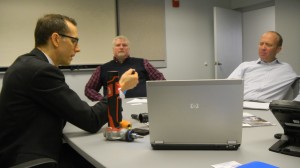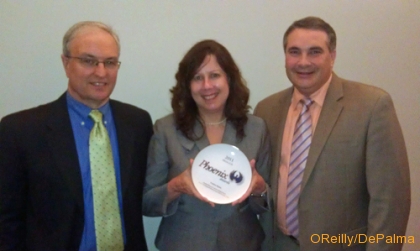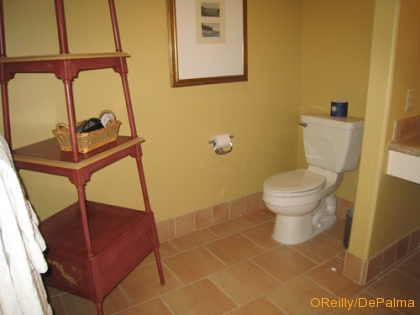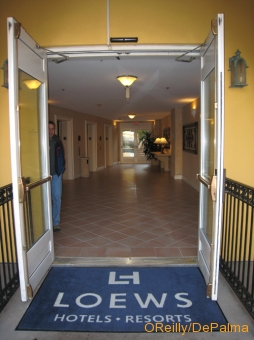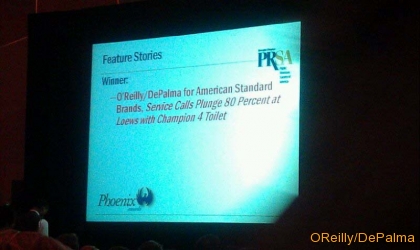Everyone appreciates a good case study…
…especially manufacturers, looking for a credible way to depict the value propositions of their products in real-world settings through third-party testimonials;
…especially specifiers, builders and installers, looking to showcase their most attention-worthy projects and the professional skills that brought them to a successful conclusion;
…especially the media, always in need of compelling, newsworthy editorial that they may not have the time, the resources or the good fortune to uncover themselves;
…especially the readers of these case studies, trade and consumer, seeking innovative ideas to make their own lives easier, more productive and more fulfilling.
In many instances, these case studies — “project profiles” might be a more accurate term — are rendered briefly, sometimes with simple bullet points: a quick overview of the most salient details. It is enough to celebrate a high-profile project, allow for a quick bow by the key participants, while underlining critical role the highlighted product played in it.
But our changing media landscape now offers more opportunities for another type of case study, one that permits deeper storytelling and a genuine narrative arc. The editors who solicit — or are at least receptive — to this longer-form case study will likely insist that branding on behalf of a manufacturer or product be removed. But if one of their readers tells your product story through his on-the-job experiences, that is a more believable approach that is readily embraced by many editors.
So what are the core elements of a successful, B-to-B case study these days?
Compelling story line: If the project is large or prestigious, perhaps headed to LEED Platinum status or a high-profile design award, etc., that certainly helps. But a high profile is not essential to success. The best story lines involve problem-solving: What kinds of challenges did the individual at the center of the “action” encounter? How did the chosen product (yours) help him meet these challenges? Finally, what were the payoffs — preferably in tangible, measureable benefits — for all involved?
Credible players telling the story: Readers — and the editors who serve them — tend to place greater value on the words and experiences of other readers: people who do exactly what they do for a living. That’s why testimonial advertising is such a staple of business-to-business advertising. A professional reliving his successful saga for the edification of his like-minded brethren is compelling stuff, because it’s so easy readers to imagine themselves grappling with similar circumstances. “If that product/system/method helped that guy succeed, hey, maybe I should give it a shot, too.”
Captivating pictures enhancing the story: If you’re tempted to skimp in this area, don’t. Chances are, the editors already have had to themselves, which is why they need your help. Whether working in print or online, editors love good images because they bring readers closer to the action, while making stories more real and — best-case scenario — more comprehensible. Last, but far from least, excellent photography adds luster to any story, as well as to the media hosting or publishing it.
In short, excellent photography or illustration is the capstone of a well-conceived and well-written case study. It is an essential ingredient the media’s cultivation of loyal, enthusiastic audiences who believe and value what they are reading.
For more on the art of the case study, check out our three part series on a builders materials case study completed by O’Reilly-DePalma that garnered over 40 million impressions.
































